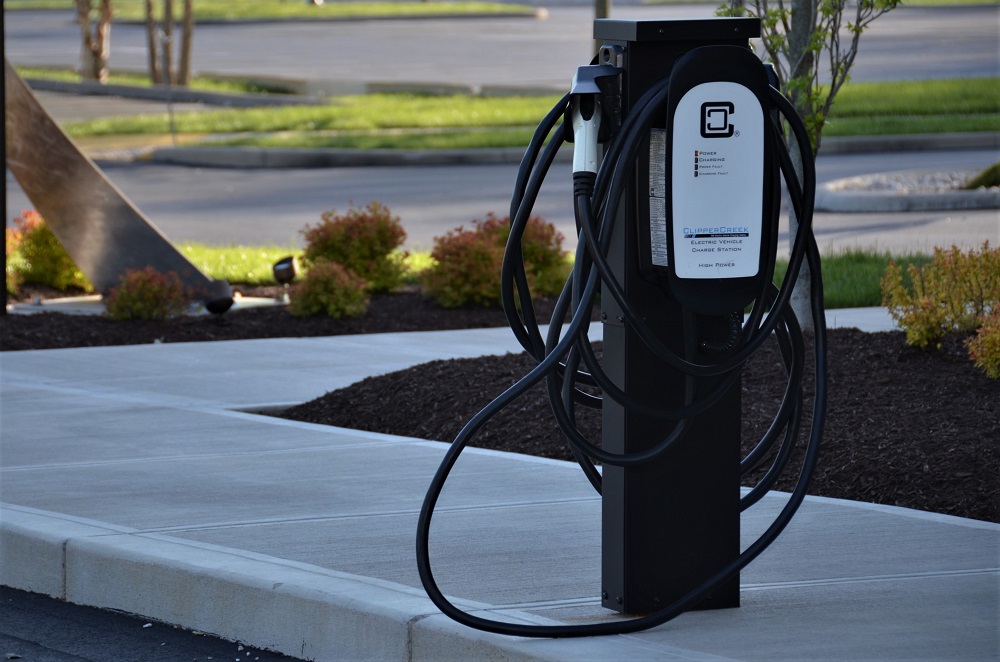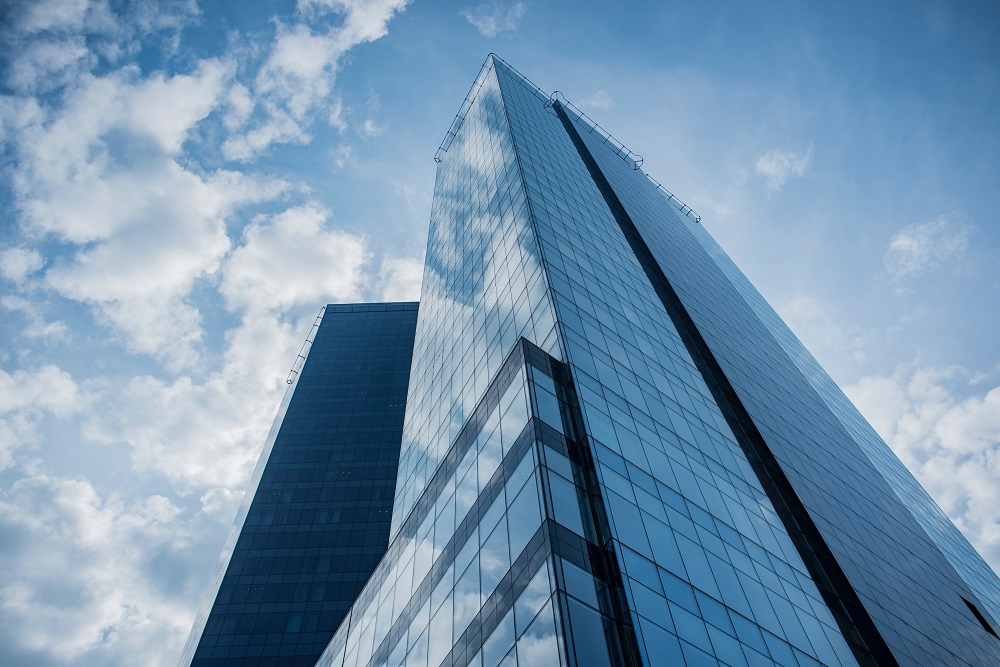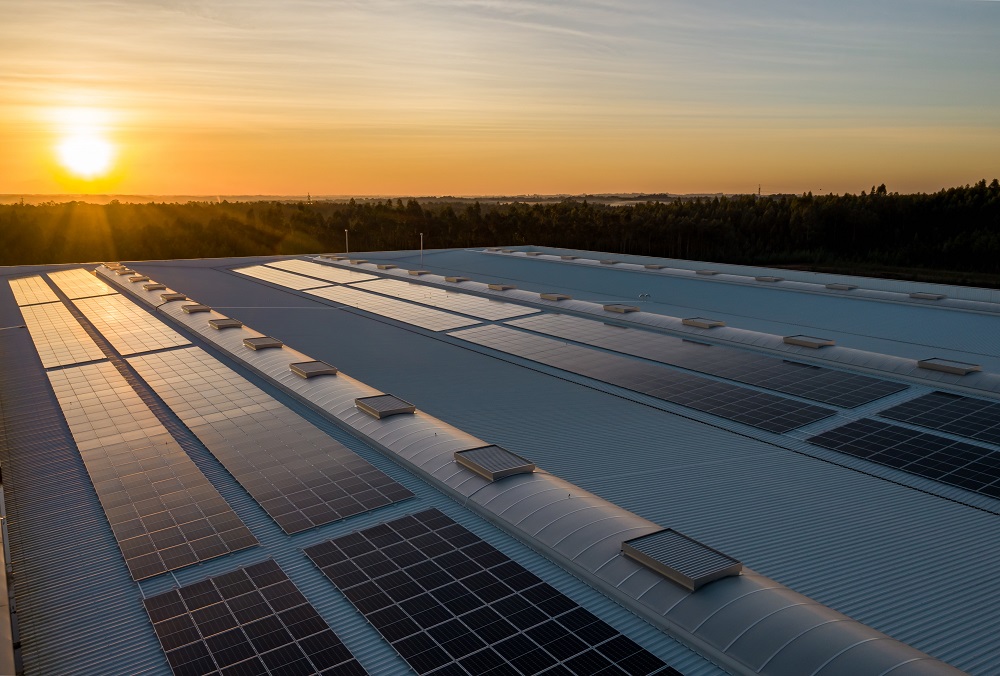Air conditioning systems aren’t just machines. They are actually more like the human body. Each unit has its own set of systems, all dependant on one another and carefully in balance, and all need taking care of. Depending on the size of the building and the system, it could be even more delicate.
After all, if you avoid the dentist for years, eventually you’ll get a cavity and have to go for a long and expensive procedure – the same goes for your air conditioning! So, here are a few facts about air conditioning maintenance, and why it should become a regular habit rather than an afterthought.
Being A Clean Freak Is Good!
A clean air conditioning system is a happy air conditioning system, and just like your tumble drier at home, it needs a clean out every now and then. But it’s about more than just keeping the mechanisms looking good. Systems that are dirty are not as energy efficient as clean ones, resulting in a significant reduction in performance and climbing running costs. Not only will it cost you more money to run, but the dirt build up will also increase the stress on the mechanical parts in the system, making them work harder than they should and reducing their lifetime. To top all that off, not cleaning your system can risk a decline in air quality when ventilated and throw off the temperature regulations, resulting in wildly varying air temperatures. In short, if you want your air conditioner to run at its best and not need replacement parts as often, keep it clean!
Being Reactive Costs You Much More
Despite assurances to the contrary, a lot of companies still operate in reactive mode when things go wrong with their air conditioning. This means that they only bother to maintain it when something goes drastically wrong, rather than scheduling regular cleanings and maintenance checks. The downside to being reactive is that a repair on a big failure, or just a full deep clean, can cost you far more than regularly scheduled maintenance. Not only does it cost you more in running costs (see the point above) but your system failing could result in a huge bill for a replacement. By scheduling regular air conditioning maintenance, you can catch and replace failing parts in a staggered way, before they cause problems, and prolong the life of your components.
How To Tell If Your Air Conditioning Needs A Tune Up
There are a few main warning signs to help you figure out when your air conditioner unit needs a little TLC.
Age: You’re not the only one who worries about getting older! We suggest replacing your unit every 15 years, as this is the average age of failure. So, if your air conditioning system is getting to that age, make sure you are looking out for signs of failure, and planning a replacement strategy.
Rising Energy Bills: This is an easy way to test if your air conditioning unit is starting to break down. Take this month’s energy bills, and compare them to last month. Then do the same with this year and last year. If you see a marked increase in the more recent bills, then there is something wrong.
Leaking Water: Finding puddles of water where they shouldn’t be isn’t always a sign of a faulty roof. Sometimes it can point to a leaky air conditioning unit. This leaking is usually caused by a liquid backup, or the overflow of excess condensation. Either way, your first call should be to your air conditioning professional to get it fixed and prevent further problems.
Unpredictable Temperatures: If you’ve set your AC to 20 but you’re still sweating, odds are there is something wrong with your unit. This could be something as simple as a faulty thermostat, or it could be a worn-out unit that’s struggling to cool the air as much as it should. So, if everyone’s getting hot and bothered, get your unit checked.
Strange Noises: Are strange noises ever a good sign? Well, they aren’t good when it comes to your air conditioning unit. If you are hearing whistling noises that sounds like a ghoul is stuck in your pipes, creaking, clunking or any other kind of strange noise, this could be a sign of a bigger problem with your unit, and it needs looking at.
So, if you haven’t checked on your air conditioning unit in months, or just think yours needs a tune up, why not give us a call and arrange your free consultation? At Bonus Eventus Maintenance we specialise in preventative maintenance plans for HVAC equipment, including air conditioning units for domestic and commercial use. If you’d like to know more, or have any questions about your air conditioning, just get in touch with the team today.










